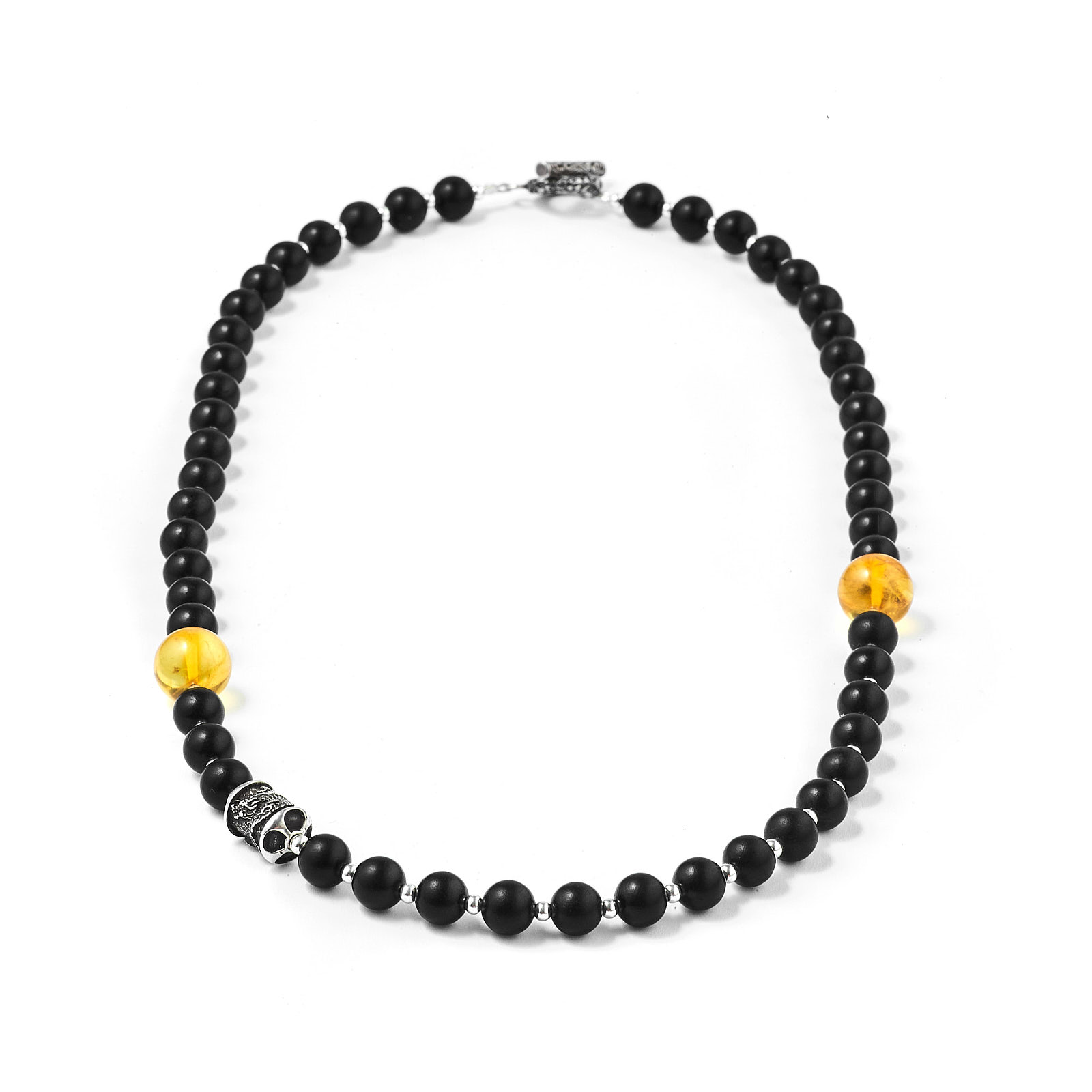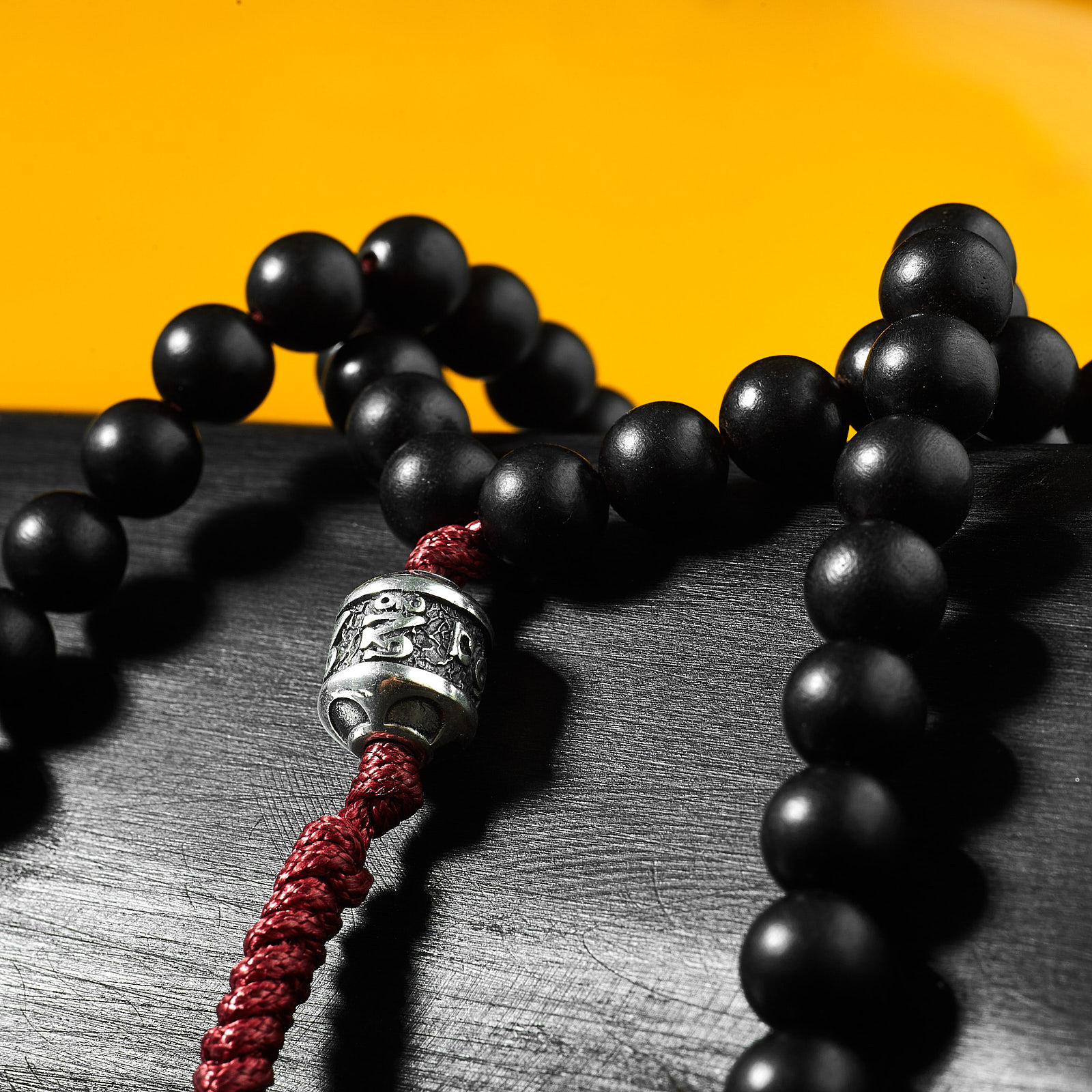Today, we live in a fast-paced, interconnected world, where the meaning of tradition is evolving. At Atributica, we recognize the importance of preserving the essence of tradition while infusing it with a contemporary twist. We are on a mission to reinvent traditional amulets, making them not just symbols of protection, but also expressions of individuality, style, and empowerment.

The Roots of Tradition
Amulets have been cherished by cultures worldwide. They've been made from various materials - from ancient stones to precious metals - each carrying its unique symbolism. These objects often serve as a bridge between the physical and spiritual worlds, offering a sense of connection and security.
Atributica's Vision: The Fusion of Tradition and Modernity
Atributica believes that tradition should not remain static. Instead, it should evolve and adapt to the needs and aspirations of modern souls. We draw inspiration from the rich tapestry of amulets' history, combining it with innovative design and contemporary aesthetics.
Craftsmanship Beyond Ordinary
Our artisans meticulously craft each piece of jewelry, infusing it with the symbolism and energy that traditional amulets are known for. Whether it's a pendant, a bracelet, or a ring, every Atributica creation is a testament to the seamless blend of artistry and meaning.
Empowerment Through Design
At the core of Atributica's philosophy is empowerment. We believe that jewelry should not just adorn but also empower the wearer. Our reinvented amulets are designed to resonate with your inner magic, reminding you of your strength and purpose.
Celebrating Individuality
While tradition unites us, individuality sets us apart. Atributica's amulets are not one-size-fits-all; they are expressions of your unique journey. You choose the symbol that speaks to you, the material that resonates with your energy, and the design that reflects your style.
Atributica: Where Tradition Meets Innovation
In a world where tradition is sometimes overshadowed by the allure of the new, Atributica stands as a bridge between the past and the future. We reinvent traditional amulets to empower modern souls. Our jewelry is not just an accessory; it's a reminder of your inner strength, your aspirations, and your connection to something greater.
Join us on this journey of rediscovery. Embrace tradition's timeless wisdom and let it inspire your path forward. With Atributica, traditional amulets are reborn, offering not just protection but also a reflection of your unique story. Let's celebrate the power of tradition, the beauty of innovation, and the strength of the human spirit.




